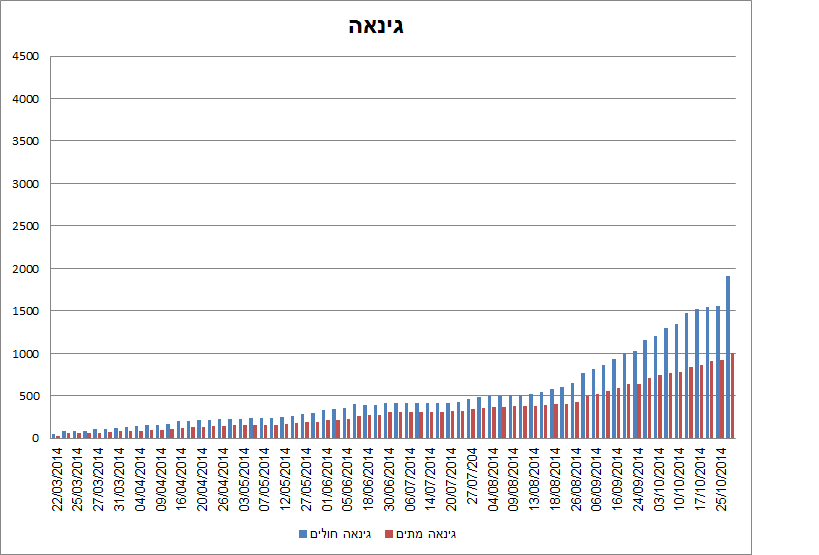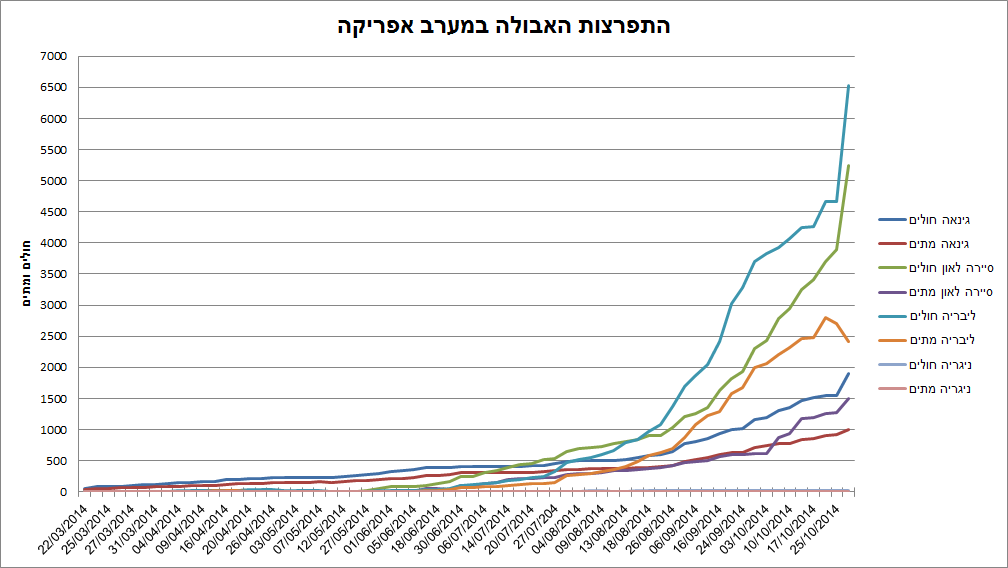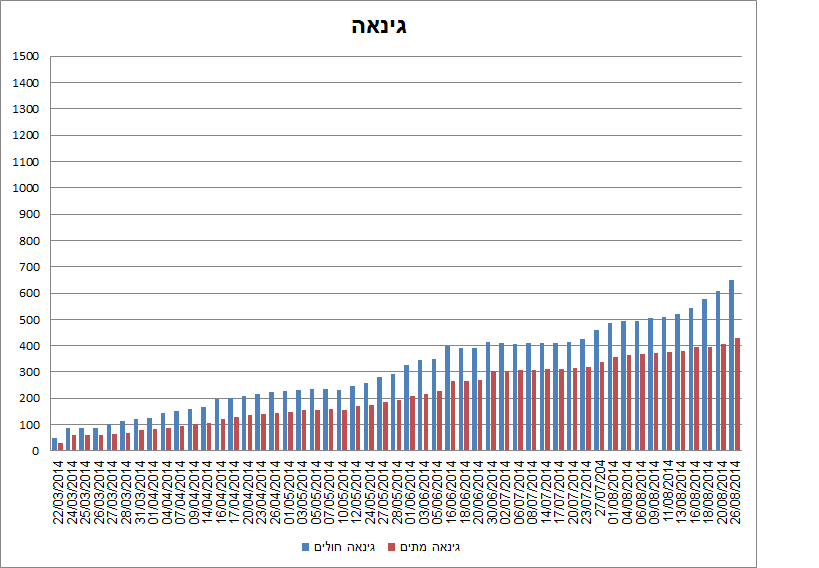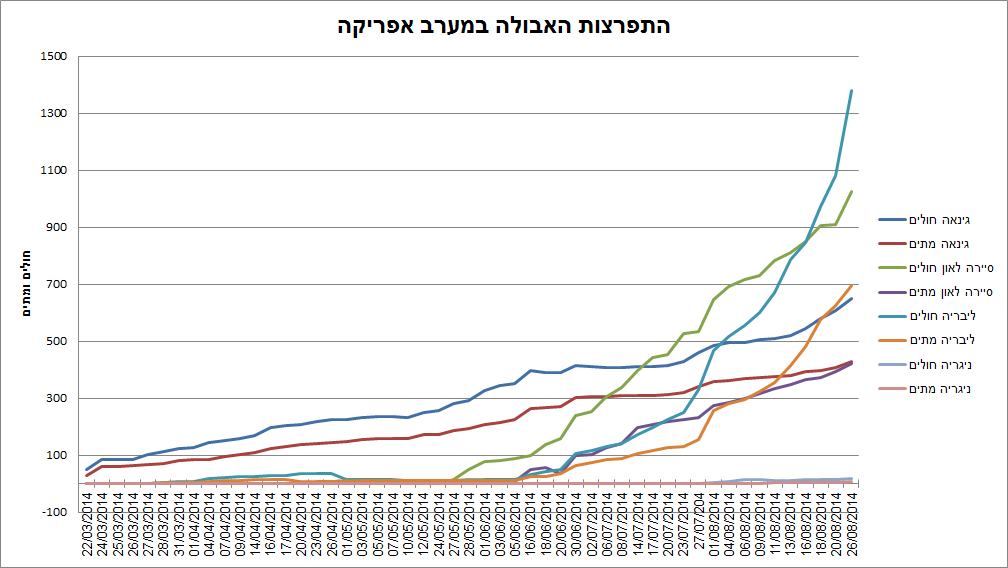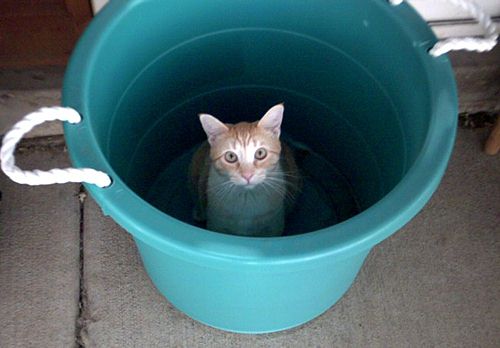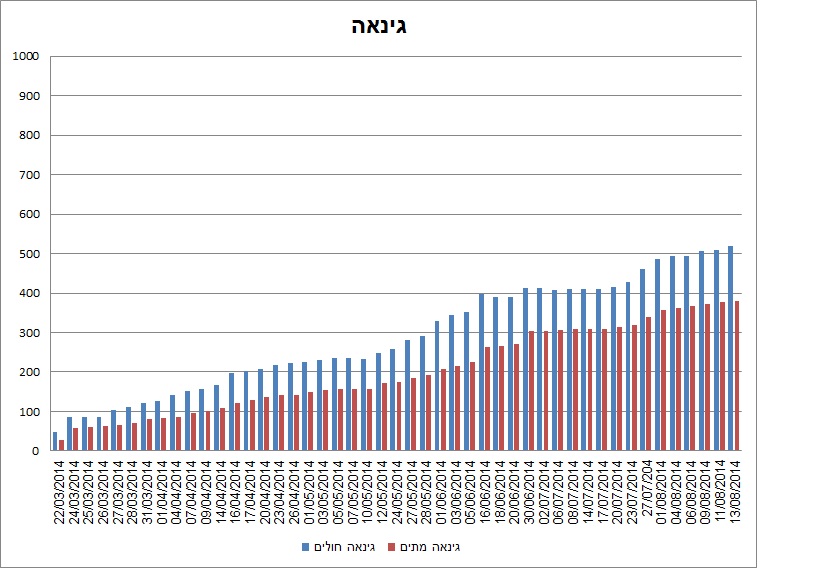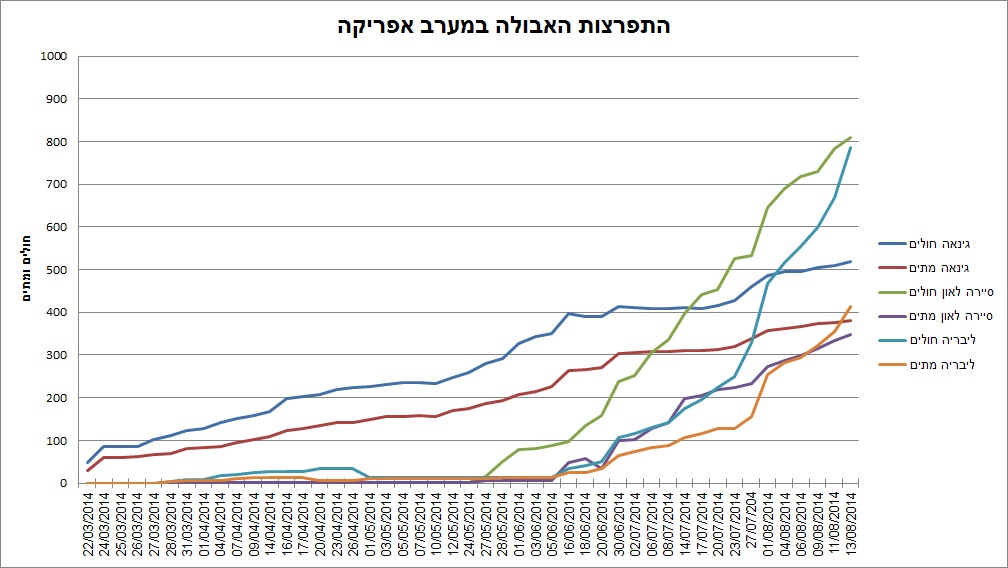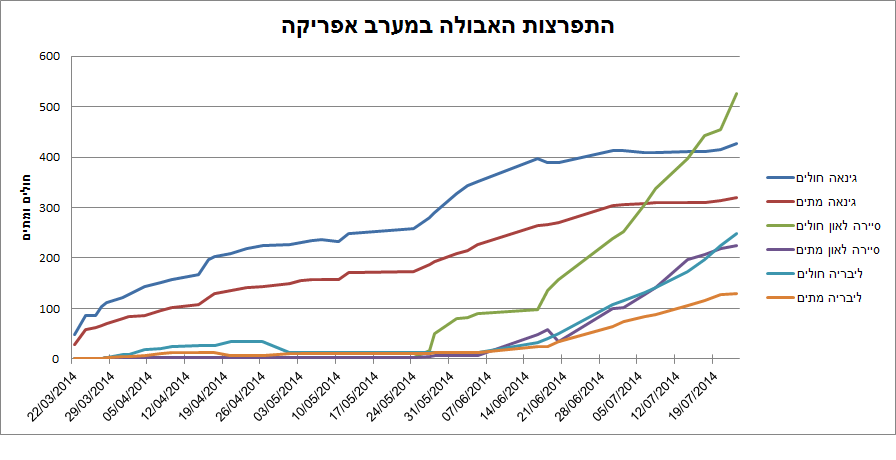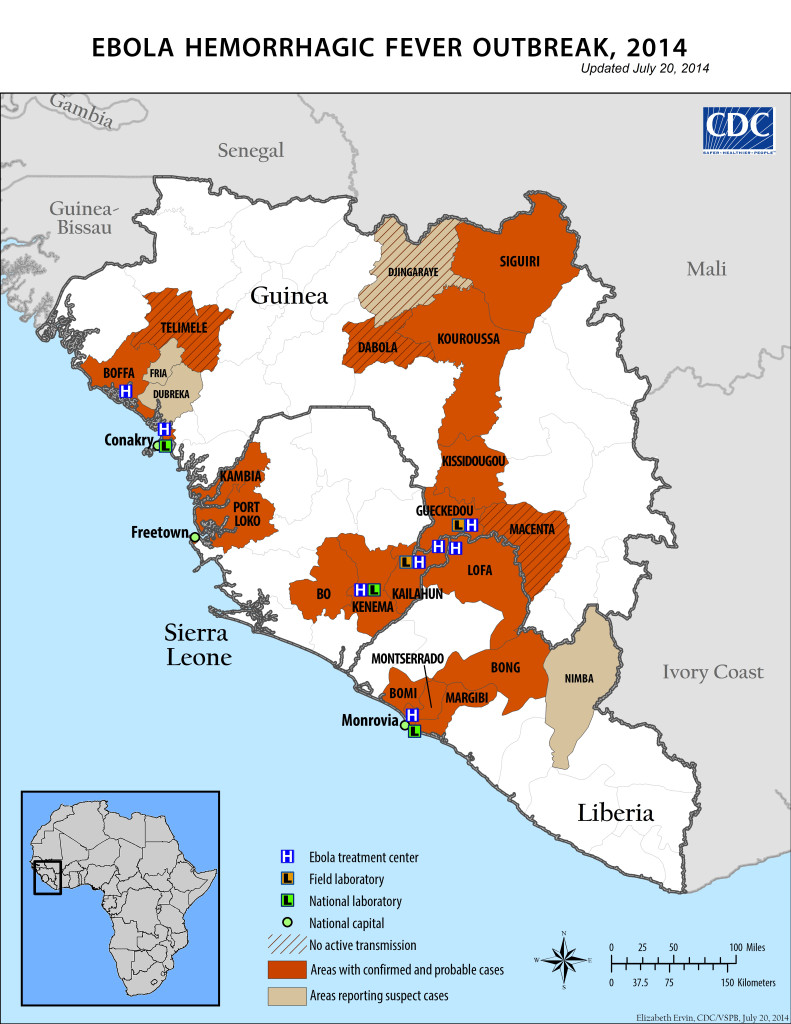The Hebrew announcement will be followed by an English one.
שלא כהרגלי, הפעם הרשומה מתורגמת גם לאנגלית.
מסתובב כרגע באינטרנט אתגר שפיכת דלי קרח על הראש על מנת להעלות את המודעות למחלת ה-ALS. הרעיון הוא שאדם שופך על עצמו דלי עם מי קרח, נוקב בשמות שלושה אנשים אחרים, והם צריכים לעשות כמותו או לתרום 100$ לעמותה שמטרתה למצוא תרופה ל-ALS.
אישית, אין לי חיבה למי קרח, אבל אני כן מאוד מחבבת מדע ורפואה. לפיכך במקום לדבר על אתגרים, הבה נדבר על ALS.
מה זה ALS?
ALS, או בשמה המלא Amyotrophic Lateral Sclerosis היא מחלה שאמנם נקראת בעברית "ניוון שרירים", אבל ניוון השרירים הוא רק תופעה אחת שלה.
ALS היא קודם כול מחלה עצבית. תאי העצב הנמצאים במוח ובחוט השדרה שאחראים על יצירת תנועה ועל העברת מסרים של תנועה לשרירים, מתנוונים ומתים. הסיבה לניוון איננה ברורה. הטריגר שמפעיל את ניוון תאי העצב איננו ידוע. הדרך בה התאים מתנוונים איננה ידועה.
התוצאה של ניוון תאי העצב היא שאין מה שפוקד על השרירים לנוע. בהיעדר פקודה השרירים לא זזים, מה שמוביל בסופו של דבר לניוון של רקמת השריר.
מאז שהתחילו לחקור את המחלה התברר שישנם מספר גנים הקשורים אליה, כך שבחלק מהמקרים אפשר לבצע אבחון גנטי ולגלות אם אדם נושא את הגנים האלה. משמעות נשאות הגנים אינה שאדם יחלה בוודאות ב-ALS, אלא רק שהסיכוי שלו לחלות גבוה יותר.
קיים חשד שחלק מהמקרים קשורים למחלה זיהומית שגורמת לגוף לתקוף את תאי העצב הללו.
כאמור, הסיבה לחלוטין לא ברורה, ומכאן נובע שאי אפשר למנוע את המחלה או לאתר את האנשים שעלולים לחלות בה ולהמליץ להם על אורח חיים מתאים למניעתה.
מהם הסימנים של ALS?
הסימנים הראשונים לרוב אינם ספציפיים – בעיות בהרמת כף הרגל, חולשה ובעיות בדיבור. ככל שהמחלה מתקדמת ויותר תאי עצב נפגעים הסימנים נעשים חמורים יותר. מופיעות בעיות בהזזת העיניים, שיתוק ולבסוף ניוון של תאי העצב שאחראים על שרירי הנשימה ומוות.
ALS מאובחנת ראשית על ידי שלילת מחלות עצביות אחרות. לכן בודקים את הולכת העצבים, תפקוד השרירים, נוכחות חיידקים ווירוסים שונים שעלולים לפגוע בעצבים ונערכות בדיקות הדמיה שונות על מנת לשלול פגיעה מוחית.
שלילת אבחנות אחרות בנוסף לסימפטומים שתיארתי לעיל מעלה את החשד שאכן מדובר ב-ALS.
עד כמה ALS נפוצה?
ALS היא מחלה מאוד מאוד נדירה. כמה נדירה? אחד עד שלושה אנשים מתוך מאה אלף חולים בה בכל שנה. שיעור התמותה מסרטן בישראל עומד על 135 אנשים מתוך מאה אלף בכלל האוכלוסייה; שיעור התמותה ממחלות לב עומד על 92 איש מתוך מאה אלף בכלל האוכלוסייה; שיעור התמותה מסכרת וסיבוכיה עומד על 31 אנשים מתוך מאה אלף בכל שנה; שיעור התמותה ממחלות כלי הדם במוח (שבץ ודומיו) עומד על 28 אנשים מתוך מאה אלף בכל שנה.
המספרים האלה עולים עם גיל האוכלוסייה, כך שבקרב אנשים שגילם 75 ומעלה שיעור התמותה מסרטן מגיע עד 1,505 אנשים מתוך מאה אלף. המשמעות היא ש-ALS היא מחלה נדירה פי מאה מכל אחת מהמחלות הקטלניות הנפוצות.
אז זה אומר שלא צריך לחקור אותה?
ברור שצריך, זו מחלה איומה שגורמת לאובדן שנות חיים בקרב אנשים צעירים ובריאים. אבל זה אומר שהסיכוי שלכם לחלות ב-ALS נמוך משמעותית מהסיכון שלכם לחלות בסכרת, מחלת לב או סרטן.
ולגבי הטיפול ב-ALS…
עיקר הטיפול בחולים הוא טיפול תמיכתי שלא מונע את התקדמות המחלה אבל יכול להקל על הסבל של החולים בה.
אז למה את לא רוצה לשפוך על עצמך דלי מים קרים כדי לעודד את המודעות למחלה?
כי זה חסר משמעות. שפיכת דלי מים לא עוזרת לאף חולה, ולא מקדמת את המחקר לקראת מציאת פתרון למחלה. במקום זה עדיף לתרום כסף לעמותה העוסקת במחקר ובתמיכה בחולים, להתנדב בבתי חולים או ללכת ללמוד תחום מדעי שיאפשר לכם לרפא מחלה זו או מחלות נוספות.
מבלי להתייחס להשלכות של שפיכת מי קרח על הראש, האתגר הזה מאבד את המטרה בעצם קיומו. הרי מי שמצטלם מעלה אולי את המודעות אבל לא תורם לעמותה. אז מה עשינו בזה?
האתגר שלי אליכם הוא להפיץ את המידע על ALS, ולקרוא לאנשים לתרום כסף לעמותות.
אם בנוסף לזה בא לכם לשפוך על עצמכם מים באמצע החמסינים של אוגוסט – תיהנו!
—
להרחבת הידע:
—
And now, to the English part!
A challenge to raise awareness to ALS is making the rounds over internet over the last few weeks, in which people dump a bucket of ice water on their head. The idea is that a person dumps a bucket of ice water on his head, and challenges three other people to do the same, or donate 100$ to an association for ALS research.
I'm not a big fan of ice water, but I do like science and medicine. Therefore instead of talking about challenges, let's talk about ALS.
What is ALS?
While ALS, or Amyotrophic Lateral Sclerosis, is called "muscle atrophy" in Hebrew, the actual muscle atrophy is only one of its aspects.
ALS is first and foremost an illness of the nerves. Nerve cells in the brain and spinal-cord which are responsible for initiating motion and relaying motion commands to the muscles, degenerate and die. The reason for the atrophy is unknown. The trigger that sets off the nerve cells atrophy is unknown.
The result of the nerve cells degeneration is that nothing tells the muscles to move. Without commands the muscles don't move, which eventually leads to muscle tissue atrophy.
Since we started studying ALS a few genes were discovered and recognized as possible contributors to ALS development. That means in some cases early diagnosis is possible. It does not mean that a person carrying thee genes will surely come down with ALS, only that his chances of getting ill are much greater.
Some cases might be related to an infectious disease that causes the body to attack these nerve cells.
As I have said before, the risk factors for ALS are mostly unknown, the mechanism of the nerve cells injury us mostly unknown, and therefoe in most cases there is no early diagnosis nor recommendation how to minimize the risk of ALS.
What are the signs of ALS?
The early signs are mostly non-specific – drop foot (trouble lifting the feet), weakness and problems speaking. As the disease progresses and more nerve cells are affected the signs become more severe. Problems in moving the eyes develop, paralysis and finally atrophy of the nerve cells responsible for breathing and death.
ALS is primarily diagnosed by ruling out other diseases of the nervous system. This is why patients are tested for nerve conduction, muscle function, and presence of bacteria and viruses that affect the nerves, and various imaging scans are done to rule out brain injury.
Ruling out these diagnoses, in addition to the symptoms described above, raises the suspicion that it is indeed ALS.
How common is ALS?
ALS is a very very rare disease. How rare? One to three people out of a hundred thousand get it each year. In comparison, the mortality rate of cancer in Israel is 135 out of a hundred thousand in the entire population; the death rate of heart disease is 92 out of a hundred thousand in the entire population; the death rate of diabetes and its complications is 31 out of a hundred thousand every year; the death rate of vascular diseases of the brain (stroke and so on) is 28 out of a hundred thousand every year.
These numbers go up the older the population gets, so in people over 75 years old the cancer death rate reaches 1,505 of a hundred thousand that die. This means that ALS is a hundred times rarer than any of the most prevalent deadly disease.
Does that mean it shouldn't be studied?
Of course it should be studied. It is a horrible disease the robs healthy young people of their lives. But it means that your chance of coming down with ALS is significantly lower than you chances to get diabetes, heart diseases or cancer.
What is the treatment for ALS?
Most of the patient care is supportive and does not halt the progress of the disease but can alleviate the suffering of those who have it.
So why don't you want to pour a bucket of ice water over your head to raise awareness to the disease?
Because it`s meaningless. Pouring a bucket of water does not help a single patient or further the research to finding a cure for the disease. You'd better donate money to an organization that deals with ALS research and patient care, volunteer in hospitals or study a scientific field that can help you cure this and other diseases.
The ramifications of pouring ice water on your head notwithstanding, this challenge defeats its own purpose. The people who film themselves may raise awareness but it does not raise money to the association. And what has that accomplished?
My challenge to you is to spread the information about ALS, and call on people to donate money.
If in addition to this you want to pour water over yourself in the middle on the August heat – have fun!
Further reading:

